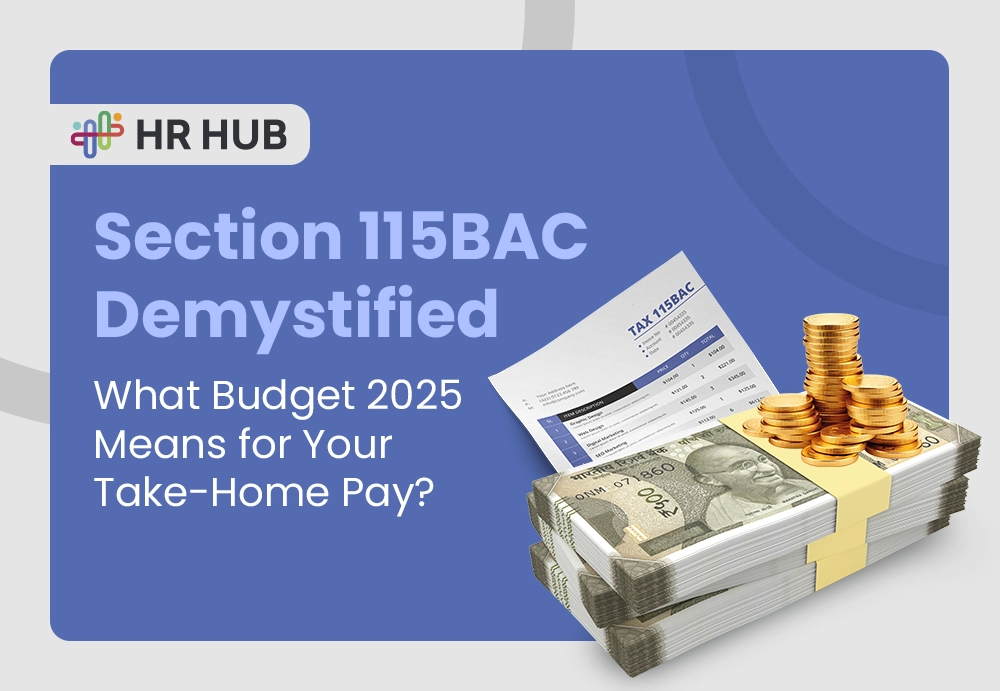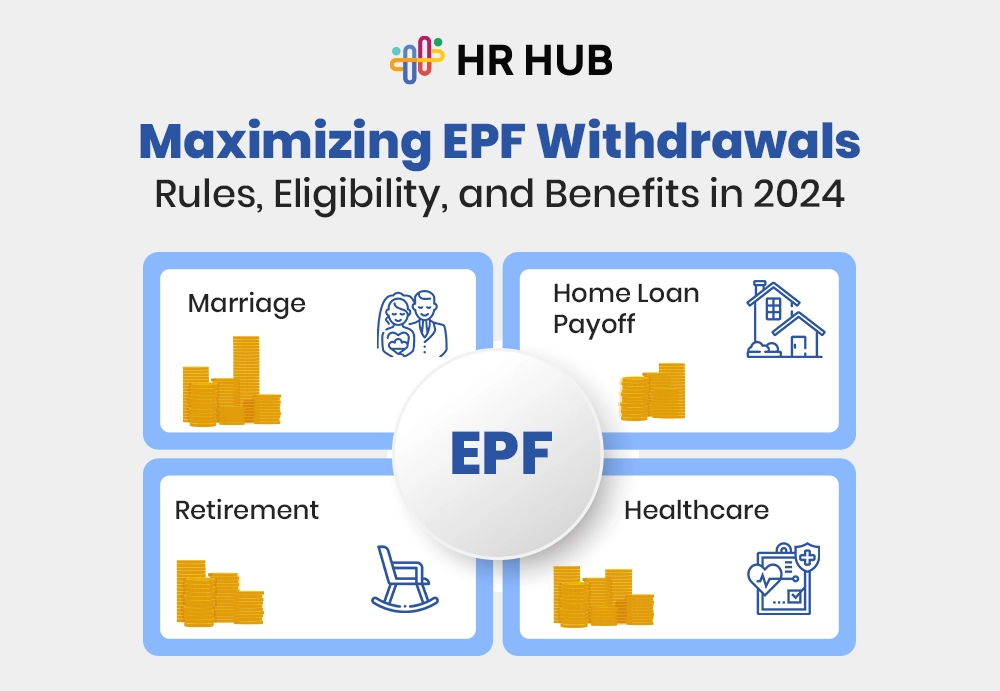Let’s start with a story.
You’re a business leader. Your day begins with a simple request—a leave application waiting in your inbox. But as you sip your coffee, you’re flooded with a stack of approvals, a last-minute payroll discrepancy, an urgent compliance update, and a frustrated employee waiting to discuss a missed appraisal. By the time lunch rolls around, you’re firefighting, and that morning leave request? It’s still sitting in your inbox.
This is the silent chaos that employee management software is designed to solve, not by automating tasks in a robotic sense, but by creating a rhythm —an orchestra of efficiency — that allows businesses to focus on what truly matters: their people.
What Is Employee Management Software?
Forget the textbook definitions. Let’s dig deeper.
At its core, employee management software is like the unsung backstage crew of a theatre production. The audience (your customers) doesn’t see the lighting cues, the prop management, or the script prompts. But without them, the show would fall apart.
In business terms, this employee information and management system manages everything that happens behind the scenes:
- Clock-ins, clock-outs, and attendance logs are streamlined so that no one misses a beat.
- Leave management becomes a self-service portal, rather than a labyrinth of paper trails.
- Performance tracking shifts from subjective to data-driven, ensuring fairness and transparency.
- Payroll and compliance are handled with precision, avoiding the nightmare of last-minute errors.
But here’s the twist: it’s not just about operational smoothness. It’s about creating a connected ecosystem where HR processes don’t just work—they flow.

The Invisible Costs of Manual HR: More Than Just Time Wasted
Manual HR management might seem like a manageable beast—until it isn’t. You don’t feel the pain when your headcount is 10. But as your team grows, the cracks start showing. And what you thought was “manageable” slowly becomes untraceable chaos.
Let’s break down the silent killers of productivity in manual HR:
The Approval Abyss
A simple leave request is sent via email, followed by a WhatsApp reminder, and then a hallway conversation. By the time it’s approved, the employee’s planned trip is already over. Multiply this by dozens of requests monthly, and you’ve got a full-blown bottleneck that affects morale and planning.
Data Disasters
Using Excel to manage employee records might seem harmless until you accidentally delete a column—or worse, share a sheet with the wrong stakeholder. Sensitive data like salaries, health information, or performance notes shouldn’t be floating in unsecured files.
No Single Source of Truth
In a manual setup, data lives everywhere—emails, chats, printed forms, someone’s drawer. This fragmentation leads to confusion. Is the employee on leave or working from home (WFH)? Was that training completed or still pending? No one knows for sure.
Hidden Mental Load on HR
Your HR team isn’t just running reports or processing payroll—they’re juggling emotional labor too. When processes are manual, HR becomes the default “reminder service,” “document hunter,” and “error fixer.” Burnout creeps in silently.
No Room for Agility
Need to analyze last quarter’s attrition reasons? Good luck sorting through handwritten exit interviews and HR notes. Without a digital backbone, insights are lost in the mess.
In short: manual HR isn’t just outdated—it’s expensive in ways you can’t always see on a spreadsheet.
Why Employee Management Software Is a Game-Changer (And Not Just for HR)
When we say employee management software is transformational, we don’t just mean for the HR department—it’s a rising tide that lifts every ship in the organization. Here's how it creates ripple effects across departments and decision-making levels:
HR Becomes Strategic, Not Clerical
Instead of spending days on repetitive tasks like tracking leave or processing reimbursements, HR professionals can shift their focus to strategic initiatives, such as culture building, engagement, talent pipeline development, and workforce planning.
Managers Get Instant Visibility
A department head can view team attendance, pending leaves, appraisal scores, or even mood-based pulse surveys—all in real time. No need to request data and wait three days for reports. Decision-making becomes faster and sharper.
Finance Loves the Accuracy
Integration with payroll means every bonus, deduction, tax declaration, or reimbursement is automatically synced. No more end-of-month panic or payment mismatches.
Employees Get Empowered
Think about an employee who wants to view their payslip at midnight, update their address, or apply for training. With a system in place, they can do all this from their phone. Empowered employees = engaged employees.
Compliance Isn't a Monster Anymore
Audits become easier because all documents, policies, signatures, and approval trails are in one place. Labor law changes? Configure and adapt without rewriting everything from scratch.
This isn’t just about being digital—it’s about being dynamic, agile, and future-ready.

The Hidden Gems: Features That Elevate the Experience
Not all features shout from the rooftops. Some of the most powerful tools in an employee management system work quietly behind the scenes, changing the way teams function and employees interact. Let’s uncover the ones that don’t get enough spotlight:
Employee Self-Service Portals
It’s not just about convenience. These employee self-service portals shift ownership. When employees can manage their documents, leave balances, tax declarations, and even feedback without HR intervention, it creates a culture of accountability.
Automated Reminders & Nudges
Imagine a system that reminds you when performance reviews are due, alerts managers about absentee patterns, or prompts employees to complete training modules. It's like having a silent assistant managing compliance, follow-ups, and productivity nudges.
Custom Access Controls
Role-based access ensures that sensitive salary or disciplinary information doesn’t fall into the wrong hands. Customize access for interns, managers, administrators, finance personnel, and others, ensuring clear visibility without compromising data privacy.
Mobile App Experience
We live in a mobile-first world. Whether employees are in a remote warehouse, on a sales visit, or working from home, they can update tasks, mark attendance, or approve requests from the palm of their hand.
Analytics & Heatmaps
Some systems offer visual dashboards with heatmaps for tracking attendance trends, identifying areas of high attrition, and comparing performance. These visual cues help leaders “see the story behind the numbers.”
Feedback & Sentiment Tools
Beyond structured reviews, modern systems enable you to capture real-time sentiment, peer feedback, and even anonymous input, providing a more comprehensive picture of employee well-being.
When these hidden gems work in harmony, HR no longer feels like an admin function—it becomes the emotional intelligence engine of the organization.
Why Now, Not Later?
Let’s address the most common objection: “We’re not ready for this right now.”
Here's the reality: the longer you wait, the more you lose in accuracy, morale, and market competitiveness.
Delayed Decisions = Missed Opportunities
Imagine spotting burnout patterns earlier. Or knowing when high-performers are feeling disengaged. Waiting for “later” means making important decisions unthinkingly today.
Retention is Getting Harder
Today’s workforce values transparency, self-service, and speed. If your HR processes feel like a bureaucratic relic from the 90s, your best employees may quietly exit for a smoother experience elsewhere.
Growth Demands Structure
Startups often delay implementing HR systems until things “get big.” Ironically, that's the worst time to do it—chaos has already taken root. The best time to invest is before you scale, allowing the structure to grow with you.
Crisis Doesn’t Wait for You
The next compliance audit, labor law change, or internal investigation can come unannounced. Systems like HR HUB prepare you with audit trails and policy acknowledgements that protect your business in stormy weather.
Your Competitors Already Did
Let’s be real—businesses that invested early in employee automation now enjoy real-time dashboards, stress-free audits, and high engagement scores. Why should you be left behind?
The right time isn’t when things are perfect. The right time is before the cracks become visible to everyone—clients, auditors, and your team.
Before You Turn the Page: A Better Way to Manage HR
Here’s the takeaway: Employee management software isn’t just a luxury—it’s a necessity in today’s business landscape. It’s the difference between reactive chaos and proactive, people-centered management.
And when it comes to choosing a solution, HR HUB stands out as more than just software. It’s your strategic partner in transforming HR from a back-office function to a business driver. With modules covering every aspect of the employee lifecycle—from onboarding and leave management to performance tracking and payroll—HR HUB is designed to help you manage today’s challenges and tomorrow’s growth.
So, are you ready to swap your typewriter for a high-speed, intelligent HR solution? Your future workforce will thank you.






